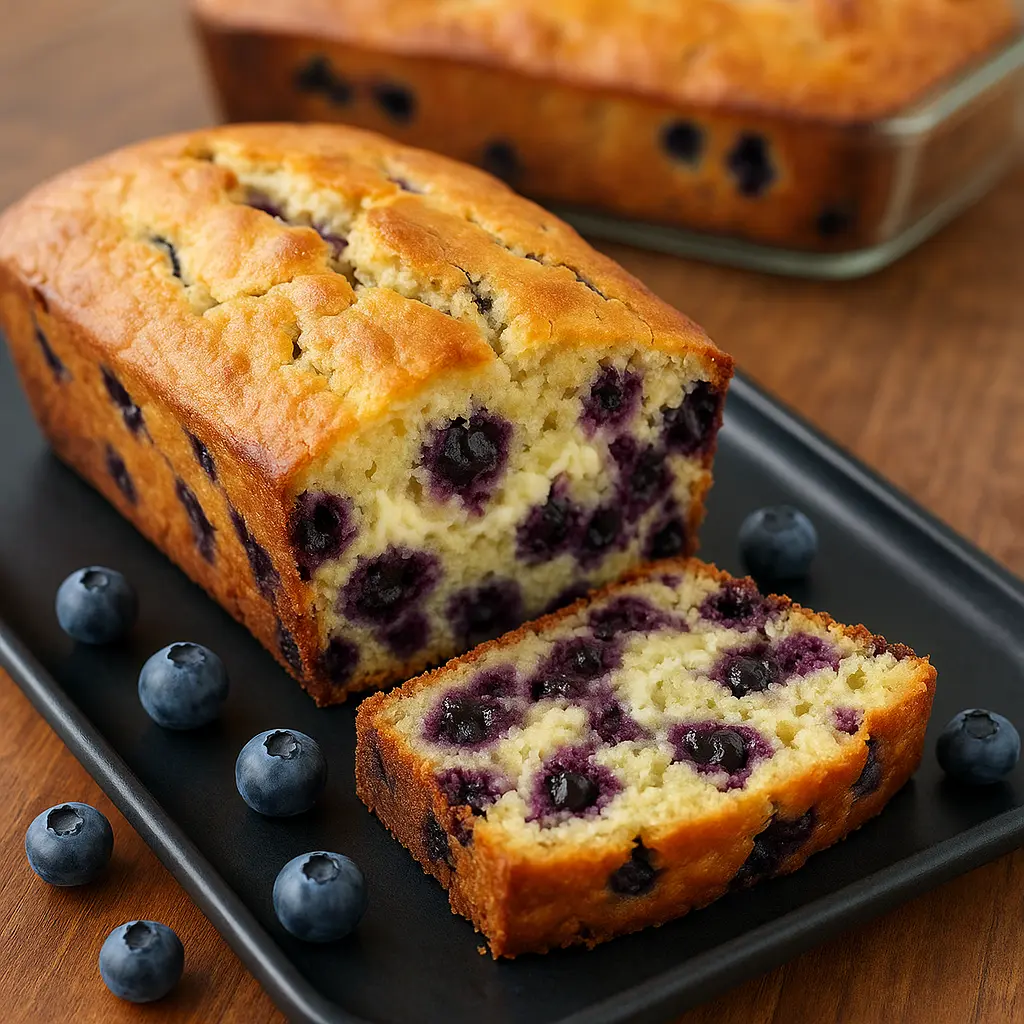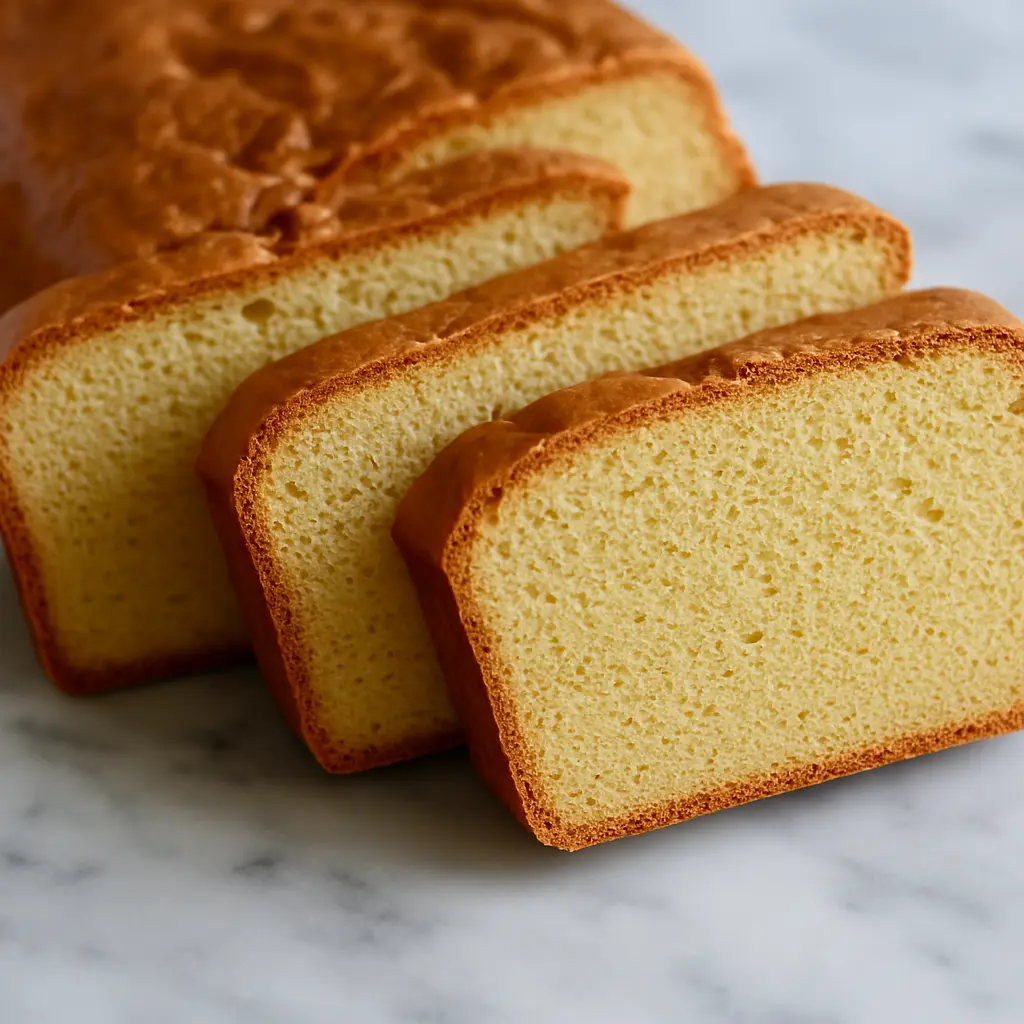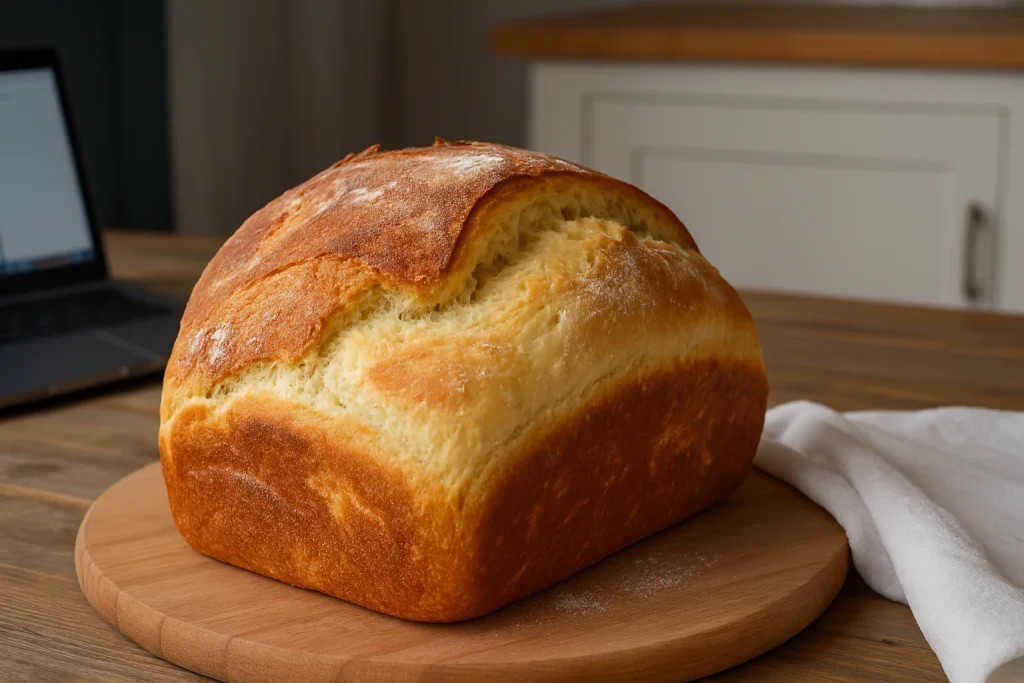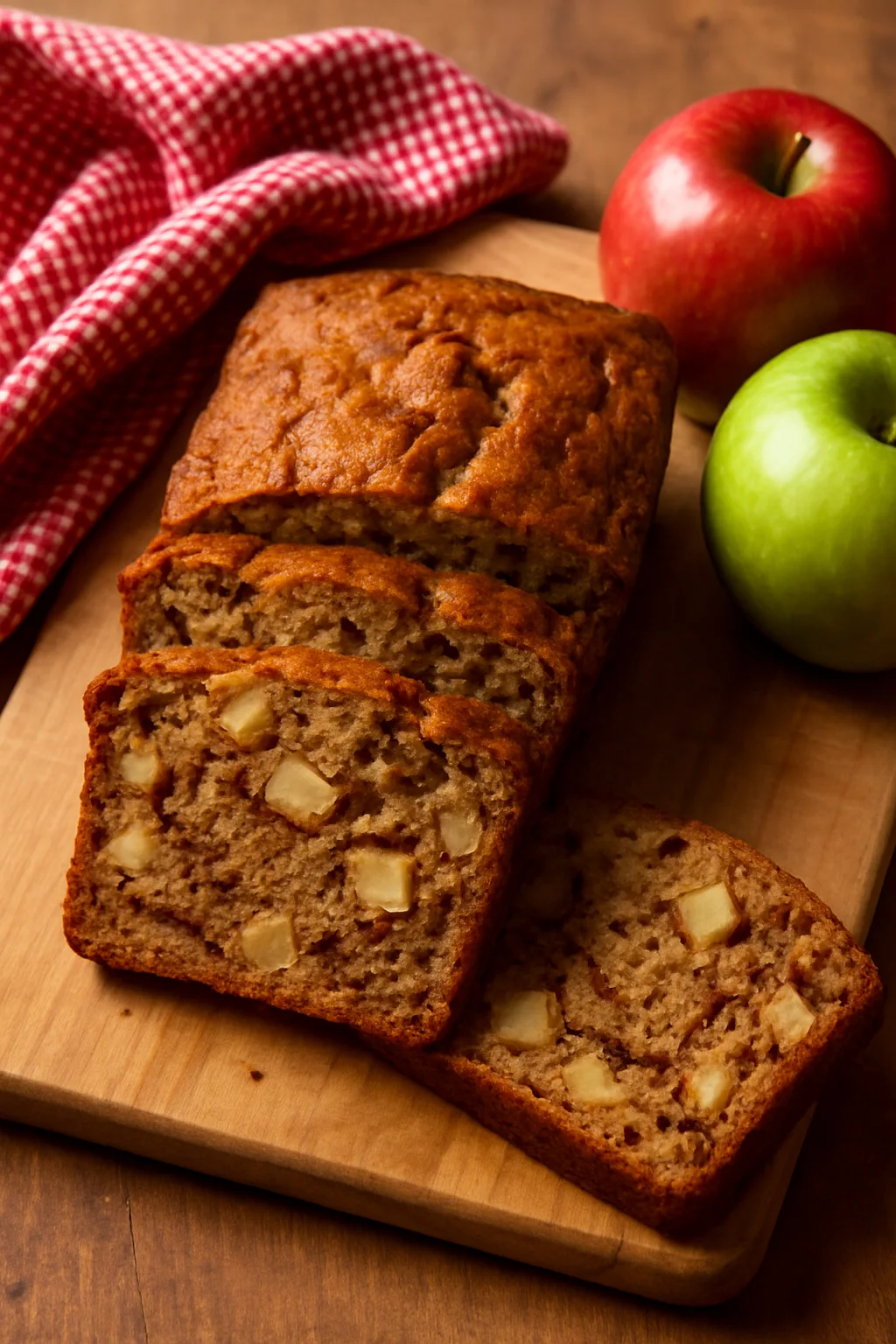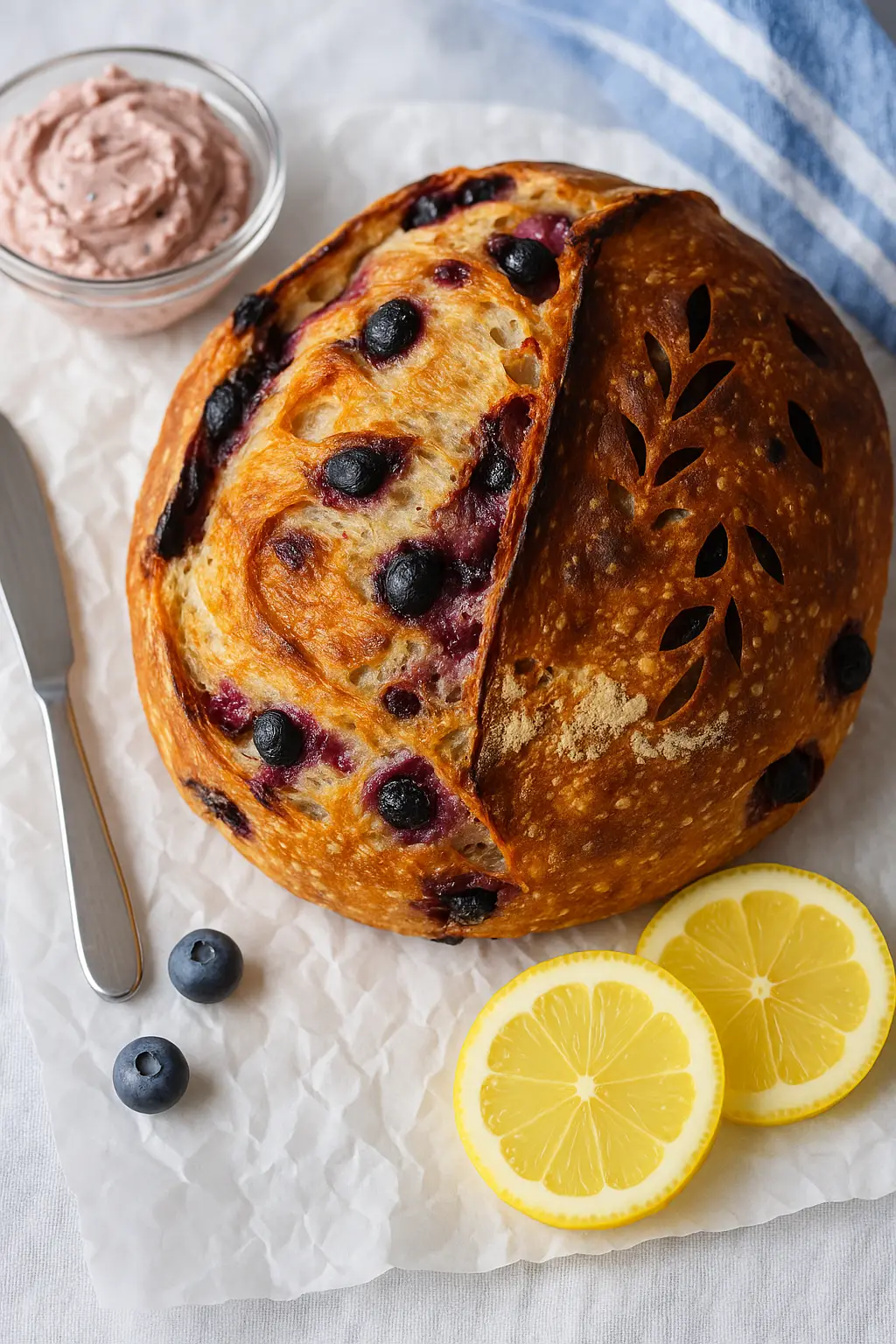Moist Banana Nut Bread Recipe With Oil
There’s something truly special about moist banana nut bread with oil that sets it apart from other recipes. The perfect combination of ripe bananas and vegetable oil creates a texture so tender and moist that each bite practically melts in your mouth. While many traditional recipes rely on butter, using oil instead is the secret to achieving that incredibly soft crumb that stays fresh for days.
When the rich aroma of this banana bread fills your kitchen, you’ll understand why this particular version—packed with crunchy nuts and made exceptionally moist through the magic of oil—has become a beloved favorite in countless homes. Say goodbye to disappointingly dry banana bread forever with this foolproof recipe that delivers perfect results every time.
Why Oil Makes the Best Moist Banana Nut Bread
While many traditional recipes call for butter, using oil in banana bread creates an incredibly moist texture that stays tender for days. Unlike butter, which contains water that evaporates during baking, oil coats the flour proteins and prevents them from forming too much gluten. The result? A banana bread with an irresistibly soft, tender crumb that practically melts in your mouth.
This banana bread with oil doesn’t just stay moist longer than butter-based versions—it also has a cleaner banana flavor since there’s no competing buttery taste. The pure banana essence shines through beautifully, complemented by the rich crunch of toasted nuts.
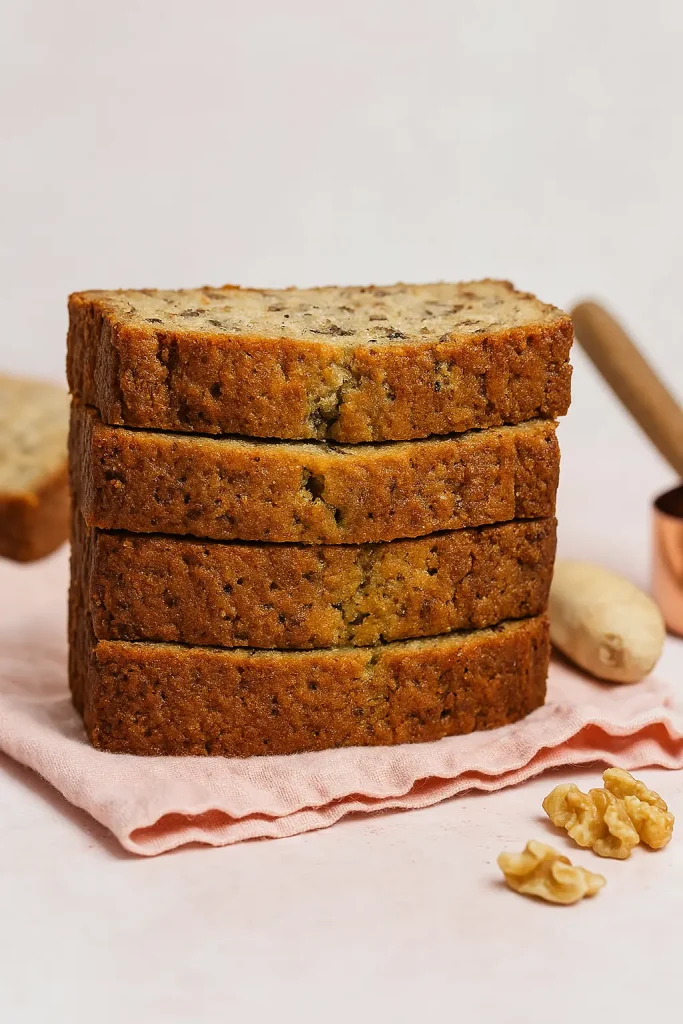
Moist Banana Nut Bread with Oil Recipe Overview
Baking Time and Nutrition Facts
12 Slices
15 Minutes
60 Minutes
185Kcal
75 Minutes
9g
4g
9g
The Perfect Banana-Nut Combination
The classic pairing of sweet, ripe bananas with crunchy nuts creates a textural symphony that’s hard to beat. Walnuts are traditional, but pecans work wonderfully too, adding buttery richness to complement the fruit. When those nuts are toasted before adding them to the batter, they bring an extra dimension of nutty flavor that elevates this humble bread to something truly special.
Moist Banana Nut Bread Recipe with Oil
Key Ingredients
3 very ripe bananas (about 1½ cups mashed)
1 cup toasted walnuts or pecans, coarsely chopped
¼ teaspoon nutmeg
1 teaspoon cinnamon
½ teaspoon salt
1 teaspoon baking soda
1¾ cups all-purpose flour
1 cup granulated sugar
1 teaspoon vanilla extract
2 large eggs, room temperature
½ cup plain yogurt (another moisture booster!)
⅓ cup vegetable or canola oil
Equipment Needed
- Loaf pan
- Parchment paper
- Electric mixer
- Mixing bowl
- Rubber spatula
- Measuring cups
- Wire cooling rack
- Bread knife for slicing
How To Make Moist Banana Nut Bread With Oil
Instructions
- Preheat your oven to 350°F (175°C). Grease a 9×5-inch loaf pan and line with parchment paper, leaving an overhang on the sides for easy removal.
- Toast the nuts in a dry skillet over medium heat for 5-7 minutes until fragrant, stirring occasionally. Set aside to cool, then chop.
- Mash the bananas in a large bowl until smooth. A few small chunks are fine for texture.
- Mix the wet ingredients: Add oil, yogurt, eggs, and vanilla to the mashed bananas and whisk until well combined.
- Stir in the sugar until dissolved into the mixture.
- Combine the dry ingredients in a separate bowl: flour, baking soda, salt, cinnamon, and nutmeg.
- Gently fold the dry ingredients into the wet mixture using a spatula just until no dry flour remains. Do not overmix!
- Fold in the toasted nuts, reserving a small handful for topping if desired.
- Pour the batter into the prepared loaf pan and sprinkle with the reserved nuts.
- Bake for 55-65 minutes, or until a toothpick inserted in the center comes out with just a few moist crumbs (not wet batter).
- Cool in the pan for 15 minutes, then use the parchment overhang to lift the bread out and cool completely on a wire rack.
More Quick and Easy Bread Recipes
Tips for the Most Moist Banana Nut Bread With Oil
Want to ensure your banana bread with oil is the moistest it can possibly be? Here are my tried-and-true secrets:
- Use the ripest bananas possible – those speckled, almost black ones that nobody wants to eat fresh. The riper they are, the more natural sugars and moisture they contain. If your bananas aren’t quite ripe enough, you can speed up the process by baking unpeeled bananas at 300°F for 15-20 minutes until blackened.
- Don’t overmix the batter – this develops gluten, which can make your bread tough. Mix just until the ingredients are combined.
- Add yogurt or sour cream – the acidity tenderizes the crumb while adding moisture. My recipe includes yogurt for this very reason!
- Measure flour correctly – fluff it up, spoon it into the measuring cup, and level it off. Never pack it down.
- Don’t overbake – remove the bread when a toothpick comes out with just a few moist crumbs. Residual heat will continue cooking the center.
- Store properly – wrap cooled bread tightly in plastic wrap or place in an airtight container. For even more moisture, place a paper towel on top before sealing.
Storage Tips: Moist Banana Nut Bread With Oil
- Counter: Store in an airtight container at room temperature for up to 4 days.
- Refrigerator: Wrap tightly in plastic wrap or place in an airtight container for up to 7 days.
- Freezer: Wrap individual slices or the whole loaf in plastic wrap, then aluminum foil, and freeze for up to 3 months.
Customization Ideas: Moist Banana Nut Bread with Oil
Once you’ve mastered the basic recipe, try these easy additions:
- ½ cup chocolate chips
- ¼ cup shredded coconut
- ½ teaspoon nutmeg
- ¼ cup dried cranberries
- 2 tablespoons peanut butter swirled on top
Dietary Adaptions of the Banana Nut Bread Recipe
Gluten-Free Moist Banana Nut Bread with Oil
Substitute the all-purpose flour with:
- 1¾ cups gluten-free 1:1 baking flour
- Add ¼ teaspoon xanthan gum if your blend doesn’t include it
Vegan Moist Banana Nut Bread with Oil
Make these simple swaps:
- Replace eggs with 2 flax eggs (2 Tbsp ground flaxseed mixed with 6 Tbsp water, let sit for 15 minutes)
- Ensure your sugar is vegan (some are processed with bone char)
Reduced-Sugar Moist Banana Nut Bread with Oil
For a less sweet option:
- Reduce total sugar to ½ cup
- Use very ripe bananas for natural sweetness
- Add a pinch of stevia if needed
The Science Behind a Healthier Banana Bread
When it comes to creating a healthier version of banana bread, small changes can make a big difference in the nutritional profile without sacrificing the qualities we love.
Oil vs. Butter: The Moisture Secret
Using oil instead of butter in banana bread isn’t just a healthier choice—it’s a game-changer for texture. Unlike butter, which contains water and milk solids, oil is 100% fat. This means:
- Oil creates a more tender crumb with consistent moisture
- Banana bread made with oil stays moist longer and doesn’t dry out as quickly
- The absence of water content in oil means less gluten development, resulting in a softer texture
- Oils like olive or avocado add heart-healthy monounsaturated fats
Reducing Sugar Without Sacrificing Sweetness
Traditional banana bread recipes often call for up to a cup of refined sugar, but there are several strategies to reduce sugar while maintaining delicious flavor:
- Use super-ripe bananas – The riper the bananas, the sweeter they become naturally
- Incorporate natural sweeteners like honey or maple syrup, which provide sweetness with additional nutrients
- Unsweetened applesauce adds moisture and natural sweetness without refined sugar
- Cinnamon and vanilla enhance perceived sweetness without adding calories
The Nutritional Benefits
This healthier version offers several advantages over traditional banana bread:
- Lower in refined sugar – About 50% less than conventional recipes
- Higher in fiber from whole wheat flour and nuts
- Rich in potassium from bananas
- Good source of healthy fats from oil and nuts
- More sustained energy due to lower glycemic impact
This easy banana bread recipe proves that sometimes the simple things in life are truly the best. There’s a reason banana bread has been a beloved staple in home kitchens for generations – it’s comforting, versatile, and utterly delicious.
The next time you spot overripe bananas in your fruit bowl, don’t toss them – transform them into this incredibly moist, tender, and flavorful banana nut bread. With its perfect balance of sweetness, moistness, and nutty crunch, this might just become your new go-to best banana bread recipe.
Whether enjoyed warm with a smear of butter for breakfast, packed as a lunchbox treat, or savored with afternoon tea, this tender banana bread never disappoints. The oil makes all the difference – once you try it, you may never go back to butter-based recipes again!
Happy baking!
FAQs About Moist Banana Nut Bread With Oil
How do I make my banana bread more moist?
To make your banana bread more moist:
- Use oil instead of butter
- Use very ripe, spotty bananas (they have more moisture and sugar)
- Add yogurt or sour cream (about 1/4 cup)
- Don’t overmix the batter (mix until just combined)
- Add an extra banana beyond what the recipe calls for
- Avoid overbaking (test with a toothpick for slight crumbs)
- Store properly in an airtight container once cooled
Can I use oil instead of butter in my bread?
Yes, you can use oil instead of butter in most bread recipes. For yeast breads, oil creates a softer crumb and crust while extending shelf life. For quick breads like banana bread or zucchini bread, oil often produces superior moisture. Use about 3/4 the amount of oil compared to the butter measurement in the recipe.
How to make banana bread less dry?
To fix dry banana bread:
- Use oil instead of butter
- Include more ripe bananas
- Add moisture boosters like yogurt, sour cream, or applesauce (1/4-1/3 cup)
- Reduce your baking time (check 5-10 minutes before recipe suggests)
- Lower your oven temperature slightly (325°F instead of 350°F)
- Store properly with plastic wrap or in an airtight container
What happens when you use oil instead of butter in baking?
When you use oil instead of butter in baking:
- Your baked goods stay moist longer (oil remains liquid at room temperature)
- You get a softer, more tender texture
- The flavor is more neutral (no buttery taste)
- There’s no creaming step needed (simpler mixing process)
- Baked goods rise slightly higher (no solid fats to weigh down the structure)
- The shelf life often extends by a day or two
How do I replace butter with oil?
To replace butter with oil in recipes:
- Use 3/4 cup oil for every 1 cup of butter
- For cake, cookie, and quick bread recipes, you can usually make a straight swap with this ratio
- Choose neutral oils (vegetable, canola) for recipes where you don’t want to alter the flavor
- Use olive oil or coconut oil when their flavors complement the recipe
- When butter is needed for creaming with sugar, add the oil with the liquid ingredients instead
- If the recipe relies heavily on butter for flavor (like shortbread), consider using a different recipe designed for oil

